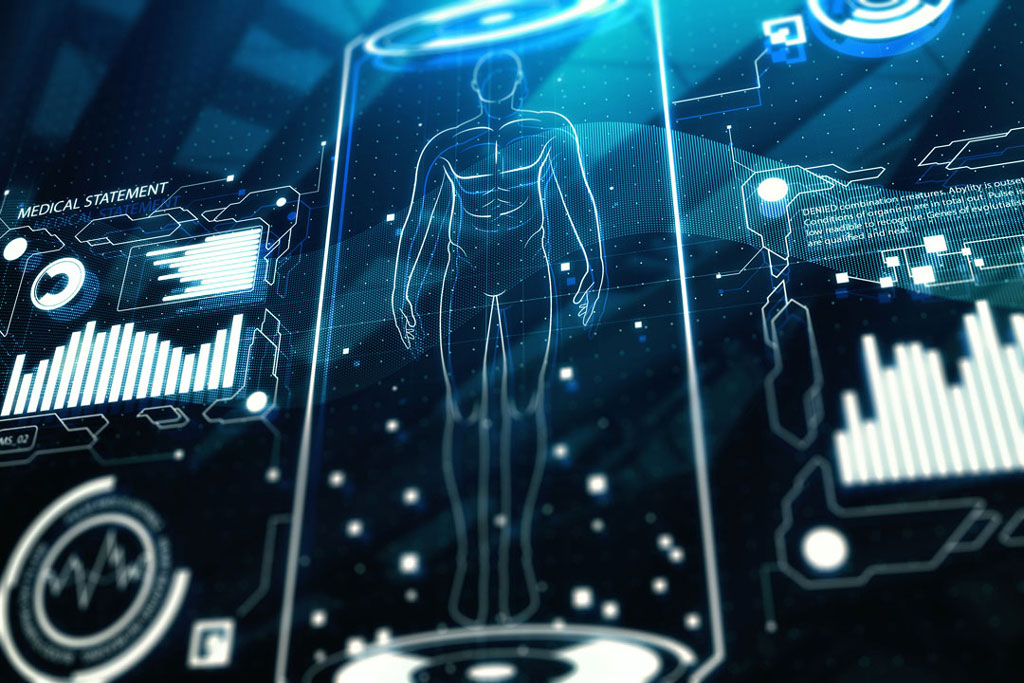Science Director’s Corner: “Turning Data to Better, Faster Decisions”
September 30, 2021 | Download PDF

Data, and data collection, is an essential component to TATRC’s mission of fusing data, humans and machines into solutions that optimize Warfighter performance and casualty care. TATRC’s work to combat COVID has helped accelerate progress in building and using digital health tools to collect data and in building the ecosystem and data commons to turn that data into decisions both for operational use, as well as to fuel research and development of artificial intelligence (AI).
A principal challenge of studying and improving casualty care, whether on battlefields, during emergencies, or in disasters like COVID, has been collecting the data, especially in sufficient quantity and quality. A combat medic’s top priority is caring for his or her patient in that moment, and not necessarily focusing on documentation. The same can be said about a nurse or EMS worker during a wicked COVID surge.
So if data is our currency, how do we ensure that we’re capturing it at the point of need? There are a variety of answers to this question and TATRC has an array of projects that help us better understand what works and what does not. For example, use of digital health tools like those used by TATRC’s National Emergency Tele-Critical Care Network (NETCCN) teams automatically capture many important aspects of care delivery as a result of their use. There is no need for a frontline care-giver to record that they conducted a real-time video consultation with a virtual clinician when the NETCCN system is used for that video consultation and collects that data automatically. Another example is the use of pattern recognition. Computers – with the proper training – are good at identifying patterns and can provide great insight – with precious little input from a combat medic – to gather and capture information about a casualty or their treatment.
The next critical step is translating ‘data to decisions’ – by humans, by machines (technology) or human-technology teams. Indeed, data on its own is not valuable in helping clinicians and leaders at echelon make better, faster decisions. TATRC’s NETCCN teams and the TATRC Operations Cell work together to provide situational awareness of the National Emergency Tele-Critical Care Network through a consolidated NETCCN Operations Portal. As NETCCN has scaled from supporting a handful of hospitals to - on some days – nearly twenty across the nation, manual management of the initiation of missions, progress, determination of continued need, and capacity of the teams is simply not something that could or should be done manually. The NETCCN digital health tools themselves, and more importantly the collaboration of the NETCCN teams, incorporation of a Cross-Platform Application Module (to harmonize data, provide cross-NETCCN platform views, and other critical functions for scaling and situational awareness), and a NETCCN Operations team, are all necessary to enable effective decision making by NETCCN clinicians and leaders at all levels.

Finally, how do we bring this data together for researchers and data scientists to identify insights and build AI tools? In the past weeks, the Johns Hopkins University Applied Physics Lab has demonstrated a prototype Warfighter data commons (WFHDC). Under a protocol approved by the U.S. Army Medical Research and Development Command’s Institutional Review Board, this data commons is receiving data from multiple NETCCN teams to enable these capabilities. The key, though, is that this platform supports secure access to curated data and the appropriate tools for a wide variety of researchers and data scientists to do their work. We’re excited to share more about the WFHDC as this effort progresses!
For more information on NETCCN, the WFHDC effort, or to review the latest Press Releases on this initiative, please visit www.tatrc.org/netccn.
This article was published in the April 2022 issue of the TATRC Times.